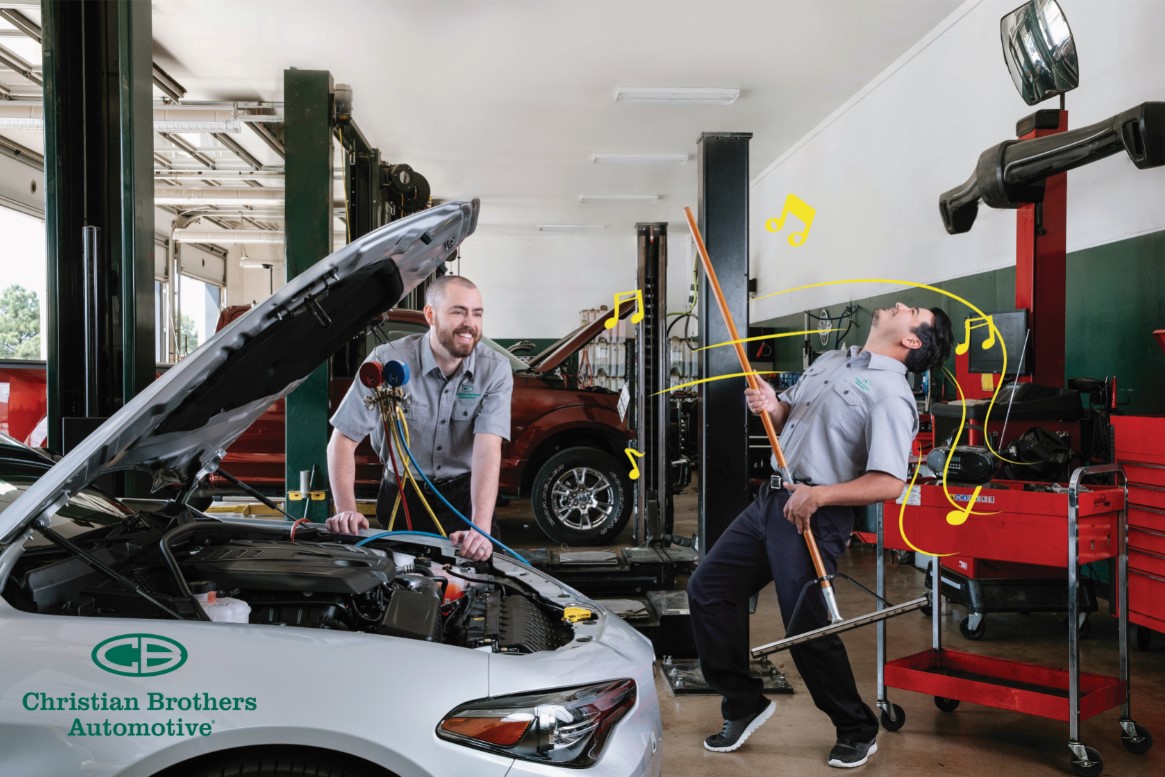
The transmission is a keystone of car capability, liable for moving power from the engine to the wheels. That's why an extensive transmission check is important for recognizing and dealing with problems early.
Identifying Transmission Troubles. Before diving into the analysis process, it's important to understand usual indications of transmission problems, including:
Slipping equipments, creating unexpected shifts while driving. Postponed or rough shifting in between gears. Sounds like yawping, humming, or grinding from under the automobile. Leaking transmission liquid, identifiable by red or brown discolorations under the automobile. Dashboard caution lights, such as the "check engine" light. Trigger attention to these signs and symptoms can aid protect against minor concerns from intensifying into significant failings.

Action In a Thorough Transmission Inspect. Lorry Background and Proprietor Responses. The procedure starts with the mechanic discussing the automobile's track record with the owner. This consists of understanding the signs and symptoms, driving problems, and maintenance habits. This initial step assists narrow down prospective concerns.
Visual Evaluation. Technicians begin by evaluating the transmission system on the surface to detect visible troubles. They check for:
Liquid leakages or harmed seals. Worn or loose transmission installs. Worn away or harmed cable televisions and ports. Transmission Liquid Check. Transmission liquid is critical for smooth operation. Throughout the evaluation, technicians evaluate:

Fluid Degrees: Reduced fluid degrees can indicate leakages or not enough upkeep. Liquid Condition: Dark, sandy, or burnt-smelling liquid usually indicates getting too hot or wear. Onboard Diagnostics. Many modern-day lorries are equipped with an Onboard Diagnostics (OBD-II) system. Professionals link a scanner to obtain mistake codes saved by the lorry's computer. These codes provide hints regarding breakdowns, such as sensor failings, solenoid concerns, or electric faults.
Roadway Test. A roadway examination permits the specialist to experience the transmission's efficiency firsthand. They review:
Level of smoothness of gear changes. Engine action during acceleration and slowdown. Any abnormal noises, resonances, or hold-ups during procedure. Mechanical Checking. For problems not apparent through aesthetic checks or practice run, auto mechanics may perform innovative examinations, such as:
Stress Screening: Procedures hydraulic stress in the transmission to identify blockages or weak areas. Transmission Frying Pan Removal: Getting Rid Of the pan to evaluate for debris, such as steel shavings, which can suggest inner damages. Electrical System Evaluation. Modern transmissions usually rely upon digital elements like sensing units and solenoids. Specialists evaluate these systems to ensure proper communication between the transmission and the lorry's computer system.
Post-Diagnosis Report and Fixes. Once the diagnostics are complete, the professional prepares a record describing the findings. Relying on the seriousness of the concerns, advised repair work might include:
Topping or replacing off transmission liquid. Fixing or replacing damaged seals, solenoids, or other components. In extreme situations, performing a reconstruct or substitute of the whole transmission system. Safety Nets for Transmission Health And Wellness. Set up normal transmission fluid modifications as per the producer's recommendations. Avoid towing tons beyond your vehicle's capacity. Drive meticulously to reduce endure the transmission system. Set up routine maintenance to detect issues early. Final thought. A detailed check for transmission troubles is a thorough process made to determine and deal with problems successfully. By comprehending what's included, lorry proprietors can value the significance of professional diagnostics. Routine maintenance and timely focus to indication can maintain your transmission running smoothly, guaranteeing a risk-free and dependable driving experience.
Latest Posts
Exactly How the 2025 Chevrolet Malibu Sticks Out in the Midsize Car Market
Published Dec 23, 24
0 min read
Exploring the 2025 Chevrolet Silverado: Efficiency and Towing Attributes
Published Dec 23, 24
0 min read
Just How It Functions and Why It's Convenient
Published Dec 23, 24
1 min read
Navigation
Home
Latest Posts
Exactly How the 2025 Chevrolet Malibu Sticks Out in the Midsize Car Market
Published Dec 23, 24
0 min read
Exploring the 2025 Chevrolet Silverado: Efficiency and Towing Attributes
Published Dec 23, 24
0 min read
Just How It Functions and Why It's Convenient
Published Dec 23, 24
1 min read